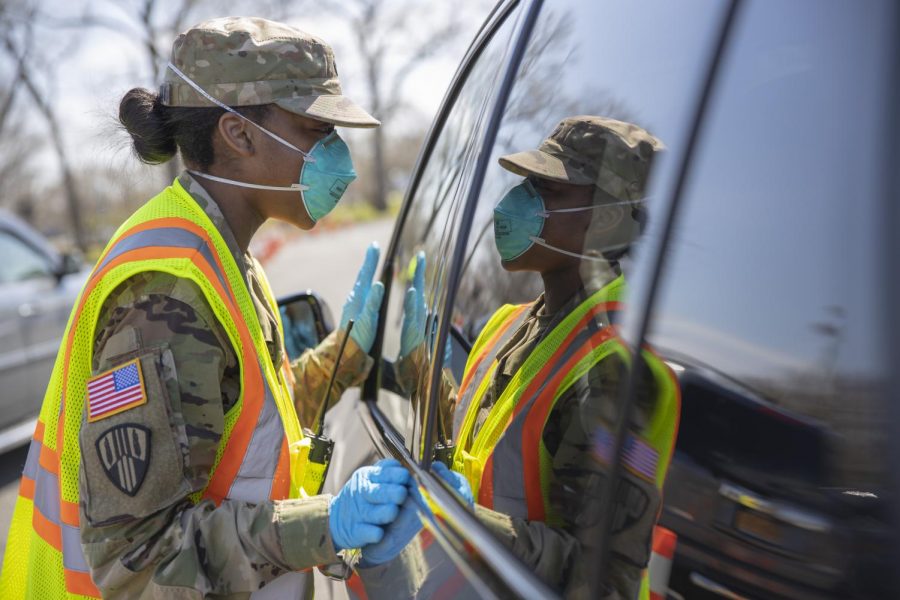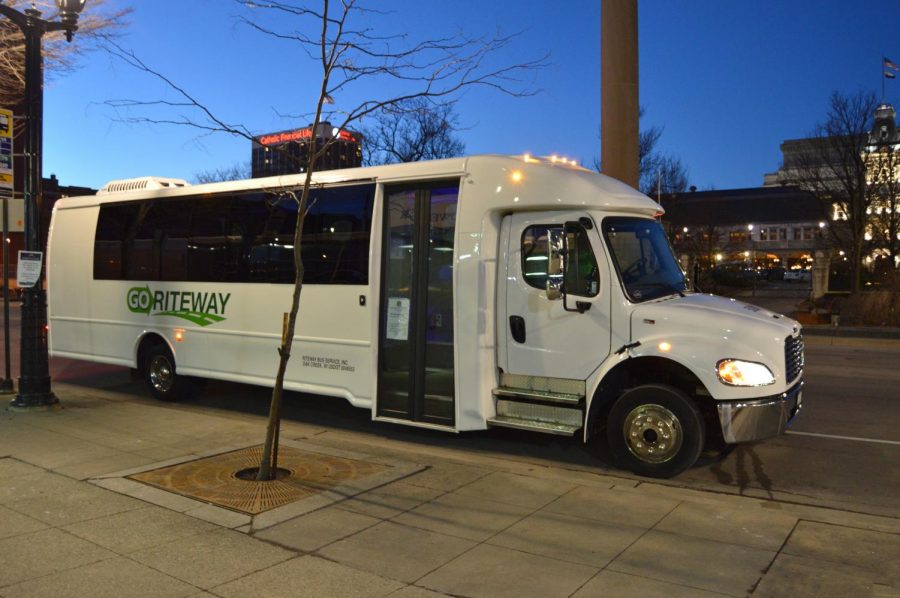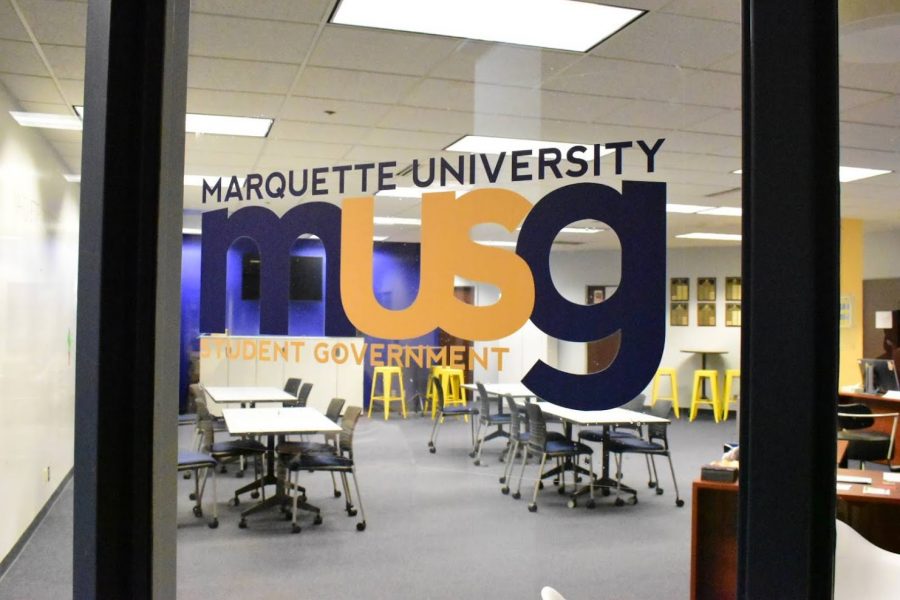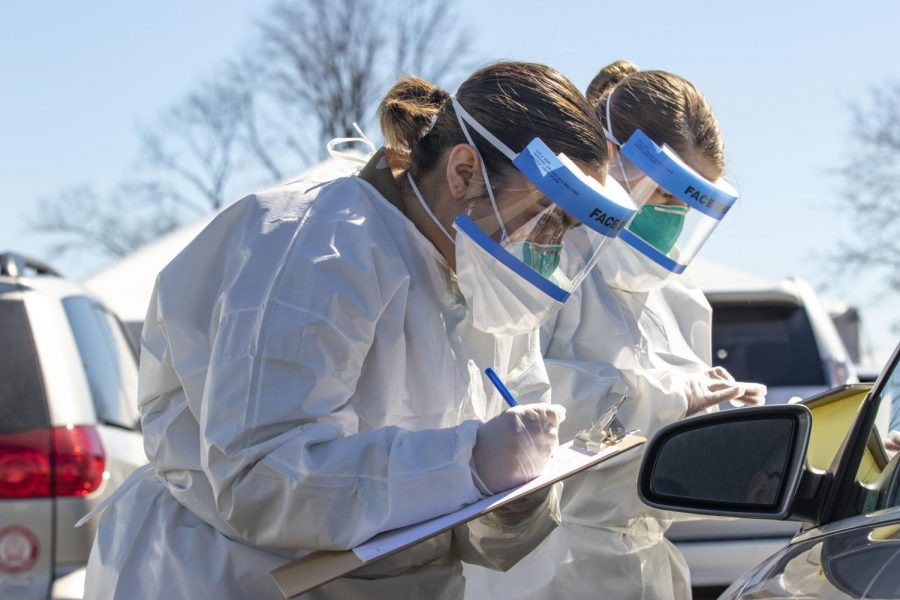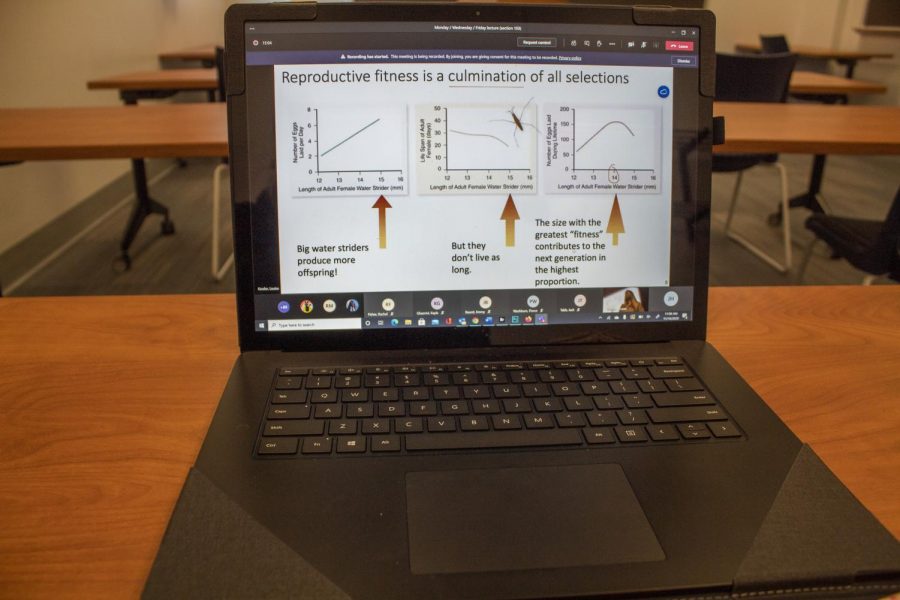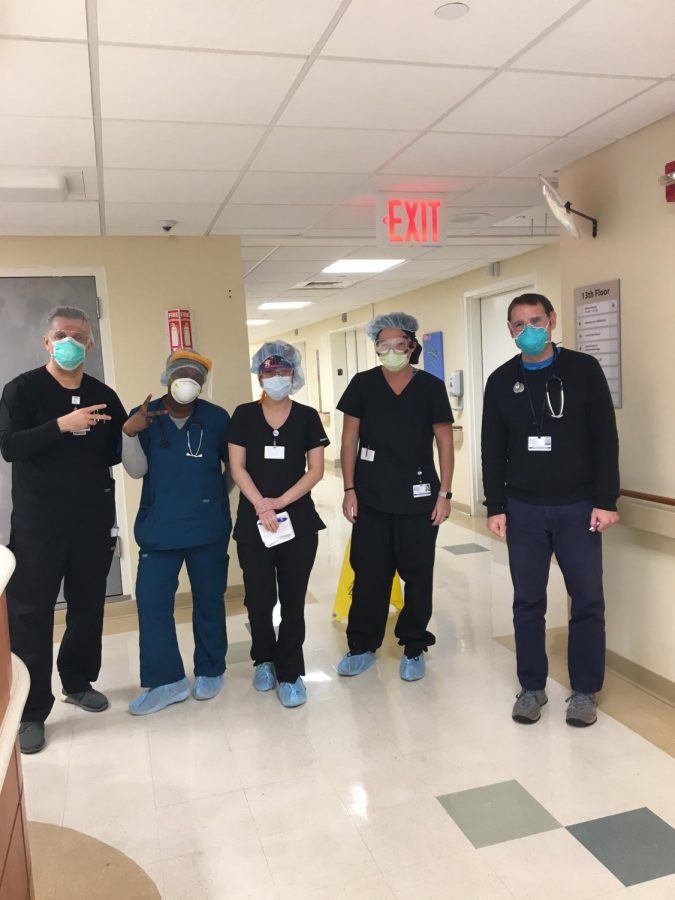This story is fictional and part of the “Opinions from the Future” series. It is a prediction of what our world may look like in the future in the aftermath of the coronavirus. This story is based on present-day data and available evidence.
The COVID-19 outbreak in the United States was disastrous in so many ways, from faults by our country’s leaders to misguided reactions by the public; it was clear that we were not prepared, and the number of cases and eventual deaths showed that.
Over the 10 years since COVID-19 crossed the U.S. borders, we have learned a multitude of lessons that have helped us build the foundation of a new health care system that assures we are prepared for a prompt national response to future situations akin to the infamous coronavirus.
One of the most crucial things that we learned from the COVID-19 outbreak was the importance of timely testing at the beginning of a pandemic. Now, this doesn’t just include the simple fact of testing more people. It also means that we have learned to stay prepared at all times in order to mobilize tests in massive quantities to any region of the country in order to identify the severity of a future virus. Having tests ready at the start of an outbreak helps enact the process of contact tracing.
Contact tracing is the process of identifying each sick person and also testing people with whom the person came in contact. This is largely dependent on the mobility of tests and medical workers, but it’s important for the containment of a virus to occur at the beginning of its detection.
The COVID-19 outbreak also led to a debate centered around what we prioritize in times of national health threats. After the outbreak, there have been numerous conversations about whether we should prioritize public health or the public’s right to privacy. This conversation is predicated upon the idea that during an outbreak, people would relinquish certain rights to privacy. This is done as a means of informing the public about potential areas where infected people could be or could have been, which in turn helps to slow the spread.
Countries in Asia such as China and South Korea have used mobile phone data to track individuals or areas that pose a more significant risk of infection. By doing so, they have been able to contain and eradicate COVID-19 in a swift and efficient way. While the conversation around rights to privacy has moved a lot slower in the U.S., there’s no looking past the value of being able to track those who have already been infected.
COVID-19 changed the basis of our health care system and how it works on the state and federal levels. Given the U.S.’s large population and geographic complexity, we had to mobilize the test in an efficient manner while also being able to identify the worst places, as well as the places that could get worse, and make sure places that aren’t being affected stay that way.
During the COVID-19 outbreak there were a lot of discrepancies in how the federal government — as opposed to state governments — wanted to handle the situation. Given the lessons that we learned, state governments are now more willing to abide by federal suggestions as long as they can do so in a way that allows them to maintain liberties in how they execute them. In the original outbreak, states such as Florida and Texas were hesitant to implement aggressive lockdown measures that were being suggested on the federal level.
During the COVID-19 outbreak, a lot of low-income communities were disproportionately ravaged by the virus. This partly stemmed from their inability to access tests and afford going to the doctor.
We’ve restructured our health care system to make it more accessible. We have reexamined the affordability and the preparedness of our health care system, working to make it more conducive to serving our whole society rather than just the wealthy who have seamless access to it. Structural changes that have promoted this are the implementation of a universal and public system that helps to lower or eradicate the cost of vaccines and other medical expenses.
We learned that if you make the health care system more accessible in the midst of a health crisis, more people could be proactive in dealing with the possibility of having the virus. We learned that this helped lower overcrowding in hospitals as well as the overall infection and death rate in a future instance of a virus.
Lastly, we learned that it is essential to fund the health care system in order to make it more accessible. Even though we were dedicating a lot of money toward sectors like the military, we realized after the coronavirus that to protect the sense of security of our citizens, we had to first protect them from health threats.
Over the last 10 years, the U.S. found it to be the best decision to reallocate a certain amount of money each year towards restructuring the health care system in an attempt to help support and sustain it. The nation has done so with the hopes of cultivating a health care system that is designed to serve and protect our society as a whole.
This story was written by Beck Andrew Salgado. He can be reached at [email protected].

